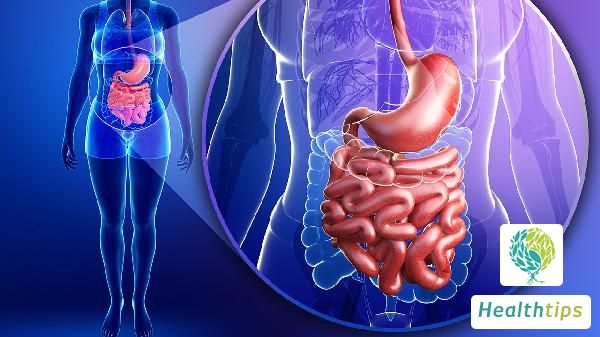Why is There a Depression in the Center of My Chin?

The Omega chin, also known as the "beauty dimple" or "apple chin," is typically referred to as "Cleft chin" in English. Visually, it appears as a groove in the middle of the chin, deeper or shallower depending on the individual's genetics. This groove divides the chin into two halves, sometimes forming a distinct "ω" shape, where ω represents the Omega symbol.
The mandible is divided into a body and a ramus, with the two bodies joining in the midline. The ramus has two bony protrusions, with the one at the back called the condyle and the one at the front called the coronoid process. The concave edge between them is known as the sigmoid notch. The intersection of the posterior edge of the ramus and the inferior border of the mandible forms the mandibular angle. The medial aspect of the ramus contains a hole called the mandibular foramen, which leads to a canal called the mandibular canal that extends inferiorly and anteriorly within the mandible.
The chin is composed of the connecting parts of the horizontal branches of the bilateral mandible, located below the midline of the face. The angle formed by the lower edge of the chin and the upper part of the neck is the chin-neck angle, which serves as the dividing line between the face and the neck. The chin, along with the zygomatic bones and mandibular angles on both sides, forms the basic contour of the face, and together with other tissues and organs such as the nose and lips, contributes to the basic characteristics of facial morphology. The shape, size, and position of the chin have a significant impact on facial appearance.
Hypoplasia of the chin bone can lead to a "pointed chin," "pointed face," or "bird-like face." Overdevelopment of the chin bone can result in a "long face" or "horse face." Deviation of the chin can cause asymmetry in the entire face.
Mandibular angle plastic surgery involves removing excessively prominent parts of the mandibular angle to restore a normal mandibular angle morphology, resulting in a more beautiful oval or heart-shaped face. This surgery is suitable for individuals with:
1. Significantly prominent and outwardly turned mandibular angles, resulting in a distinct "square face" or "trapezoidal face".
2. Prominent mandibular angles on one or both sides, resulting in asymmetry.
3. Incoordination in the proportional width of the upper and lower parts of the face, with the distance between the two mandibular angles approaching or exceeding the width between the two zygomatic processes.



















